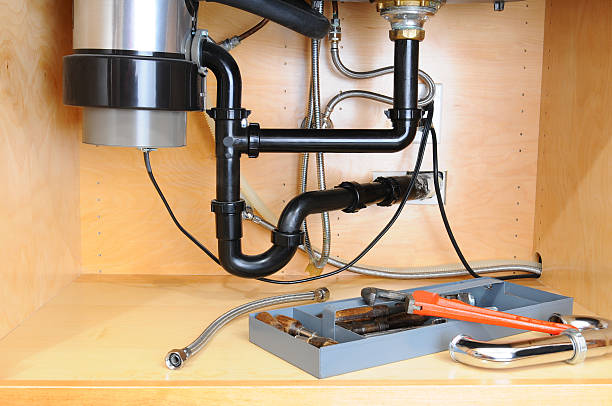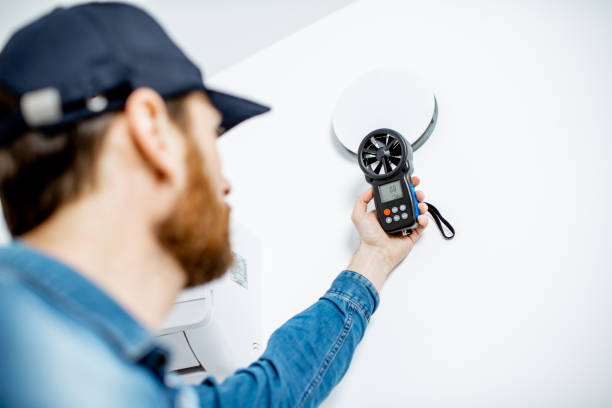During our home inspection, one of the components we concentrate on is Drain Waste Vent (DWV) systems as they are a crucial part of the home’s plumbing system. DWV systems help to ensure the safe and efficient removal of wastewater from the house and prevent harmful gases from entering living spaces. You would be surprised how many times we see broken vents, clogged vents, or vents not installed correctly.
But what are DWV really, how do they work, and why are they essential in any plumbing system?
What is a DWV System?
A DWV system is a network of pipes and fittings that are designed to transport wastewater out of the house and into a sewer or septic system. The system is composed of three different types of pipes: drain pipes, waste pipes, and vent pipes.
Drain pipes carry wastewater away from sinks, showers, and other fixtures to a central waste stack. Waste pipes are responsible for transporting solid waste from toilets to the waste stack. Vent pipes provide an outlet for gases to escape from the system and prevent a buildup of pressure in the pipes.
How Does a DWV System Work?
When wastewater enters the DWV system, it flows through the drainpipes and into a central waste stack. The waste stack serves as the primary pathway for wastewater to leave the house and enter the sewer or septic system.
As wastewater flows through the pipes, the flow is regulated by gravity. The waste stack must be positioned at a certain angle to ensure that the wastewater flows smoothly and without any blockages. This is known as the ‘slope’ or ‘pitch’ of the pipe.
To prevent harmful gases from entering the building, vent pipes are connected to the waste stack. The vent pipes provide an outlet for gases to escape, which are produced by the breakdown of organic materials in the wastewater. Without vent pipes, the gases could build up and create pressure in the pipes, leading to potential damage or even explosions. If you go outside, look at your roof and you will see these pipes sticking out of your roof.
Why are DWV Systems Essential?
DWV systems are essential for several reasons. First and foremost, they help to ensure the safe and efficient removal of wastewater from a building. Without a DWV system, wastewater could back up into fixtures and cause serious health hazards.
Additionally, DWV systems help to prevent harmful gases from entering living spaces. These gases, such as methane and hydrogen sulfide, can be dangerous to human health and even cause explosions in extreme cases.
Finally, a well-designed DWV system can help to prevent clogs and blockages in the pipes. By ensuring that the slope of the pipes is correct and that vent pipes are installed properly, DWV systems can reduce the likelihood of blockages and ensure that wastewater flows smoothly and efficiently.
Drain Waste Vent (DWV) systems are an essential part of any plumbing system. They help to ensure the safe and efficient removal of wastewater from a building and prevent harmful gases from entering living spaces. By understanding how DWV systems work and their importance, our homeowners can ensure that their plumbing systems are functioning properly and avoid potential hazards.



